 A few weeks ago I learned that around the country and here in East Brunswick parents are asking for a change in school start time. The request is to delay start time for middle and high schools.
A few weeks ago I learned that around the country and here in East Brunswick parents are asking for a change in school start time. The request is to delay start time for middle and high schools.
I started thinking about school start time when my kids were in elementary school. My thoughts were these – the younger kids wake up early, school starts late, at 9:10, so families with two working parents have to pay for both before and after school programs. Teenagers wake up later and they can stay home alone after parents leave for work and until the bus comes. Wouldn’t it make sense to switch school start time between the elementary and middle and high school? As my kids got older they stopped waking up early with no alarm clock, but now had to force themselves to get up on time for for an earlier start time. It may be that they are not ‘morning people’ just like me, and they just have to live with it. Or do they?
When I heard that a group of parents is looking at delaying start time for the high school It made sense to me, but I wanted to learn more before deciding if this is justified.
I listened to and spoke with other parents about this – I spoke with the parents who want to see a change and spoke with others who think changing school start time is not justified. I also looked up information based on facts – scientific and medical studies that I read before deciding that I agree that school start time should be changed.
Let me start with sharing with you what I learned is the problem – a recent National Sleep Foundation poll found that between 60 to 90% of middle and high school students are not getting the recommended number of hours of sleep on school nights. As a result, students are at risk. The risk include impairments in mood, attention, memory, behavior control, and academic performance. Chronic sleep deprivation also increases the risk of both cardiovascular disease and metabolic dysfunction, such as type 2 diabetes as well as obesity.
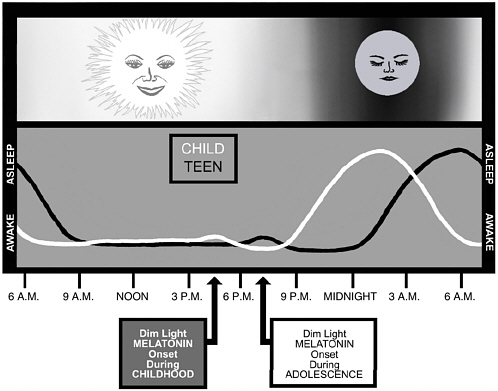 In the adolescent population sleep loss has increasingly become the norm. The reasons behind the current epidemic of insufficient sleep are complex and include social, environmental and biological factors. We all know what some of them are – use of electronic media, homework and after school activities. Something I didn’t know was the biological perspective: At about the time puberty starts, most adolescents begin to experience a sleep–wake “phase delay” manifested as a shift of up to 2 hours relative to sleep–wake cycles in middle childhood. Two principal biological changes in sleep regulation are thought to be responsible for this: One factor is delayed timing of nocturnal melatonin secretion, which results in difficulty falling asleep at an earlier bedtime. The second biological factor is an altered “sleep drive”, in which the pressure to fall asleep accumulates more slowly. In other words – getting more sleep is not as easy as simply going to bed earlier, as some people suggested.
In the adolescent population sleep loss has increasingly become the norm. The reasons behind the current epidemic of insufficient sleep are complex and include social, environmental and biological factors. We all know what some of them are – use of electronic media, homework and after school activities. Something I didn’t know was the biological perspective: At about the time puberty starts, most adolescents begin to experience a sleep–wake “phase delay” manifested as a shift of up to 2 hours relative to sleep–wake cycles in middle childhood. Two principal biological changes in sleep regulation are thought to be responsible for this: One factor is delayed timing of nocturnal melatonin secretion, which results in difficulty falling asleep at an earlier bedtime. The second biological factor is an altered “sleep drive”, in which the pressure to fall asleep accumulates more slowly. In other words – getting more sleep is not as easy as simply going to bed earlier, as some people suggested.
In response to the epidemic of sleep deprivation the American Academy of Pediatrics published a few studies and reviews about the subject. On august 25 2014 a new policy statement was published by the American Academy of Pediatrics published.
It reads:
“The American Academy of Pediatrics (AAP) recommends middle and high schools delay the start of class to 8:30 a.m. or later. Doing so will align school schedules to the biological sleep rhythms of adolescents, whose sleep-wake cycles begin to shift up to two hours later at the start of puberty.”
The new policy is based not only on the studies that describe the problem, but also on data collected after change has been implemented. Over the last 15 years a small but growing number of school districts have responded to the problem of insufficient sleep among middle and high school students with delaying school start times. This allows researchers to study what happens when school starts time changes. Published data show that delaying school start time does make a difference. Here are a few examples:
First let’s look at the question: “Does delaying start time result in students getting more sleep, or do students just stay up later?” One study assessed more than 18 000 high school students in Minneapolis before and after the district’s school start time changed from 7:15 AM to 8:40 AM in 1997. Bedtimes after the change were similar to those of students in schools that did not change start times, and, as a result, students obtained nearly 1 additional hour of sleep on school nights. Other studies also show no delay in bedtime in response to delayed start times.
Moreover, additional studies have now clearly demonstrated that delaying school start times not only results in an increase in average sleep duration but also has a significant positive effect on a variety of outcomes; from decreased levels of self-reported sleepiness and fatigue to improvements in academic performance.
Another study showed that 1-hour later shift in school start times was associated with an increase in reading and math test scores.
In another study there were significantly fewer students self-reporting symptoms of depressed mood as well as improved motivation after the start time delay
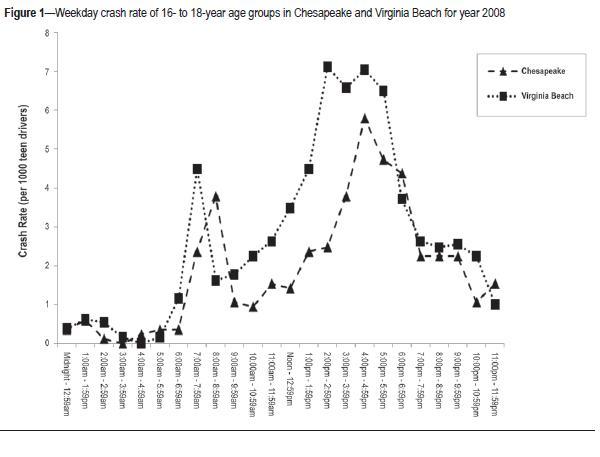
Crash test data for two neighboring cities in Virginia, VB (earlier start times by 75-80 minutes) and Chesapeake. Adolescent Crash Rates and School Start Times in Two Central Virginia Counties, 2009-2011: A Follow-up Study to a Southeastern Virginia Study, 2007-2008, JCSM
Outside school, the relationship between automobile crash records for students 17 to 18 years of age and high school start times was examined. Car crash rates for the county that delayed school start times decreased by 16.5% over the 2 years before and after the school start change, whereas those for the state as a whole increased across the same time period. Similar results were shown in at least one other study where in adjacent, demographically similar cities, there were significantly increased teen crash rates in the city with earlier high school start times. In another study comparing 4 schools, the high school with the latest start time had the largest decline in car crashes.
One last thing – Economists have suggested that delaying school start times would have a substantial benefit-to-cost ratio. This finding is based on a conservative estimate of both costs per student and the increase in projected future earnings per student in present value because of test score gains related to moving start times 1 hour later.
The policy statement concludes:
“The American Academy of Pediatrics recognizes insufficient sleep in adolescents as a public health issue, endorses the scientific rationale for later school start times, and acknowledges the potential benefits to students with regard to physical and mental health, safety, and academic achievement.
The American Academy of Pediatrics lends its strong support to school districts contemplating delaying school start times as a means of optimizing sleep and alertness in the learning environment and encourages all school administrators and other stakeholders in communities around the country to review the scientific evidence regarding school start times, to initiate discussions on this issue, and to systematically evaluate the community-wide impact of these changes”
Raising my children I always relied on advice and guidelines from our wonderful pediatrician, and on the recommendations of the American Academy of Pediatrics. I am sure many of you did the same. I believe that the new policy will drive a change in school start time around the nation, and in the future a later start time will be the norm. I hope that East Brunswick will be a leader in this as it has been on other issues in the past.
Resources:
POLICY STATEMENT, AAP – School Start Times for Adolescents
Research Report and Resource Guide, National Sleep Foundation – ADOLESCENT SLEEP NEEDS AND PATTERNS
Healthy School Start Time website






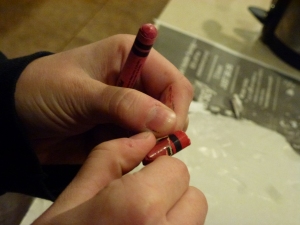
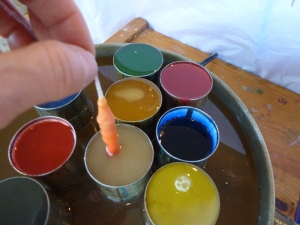


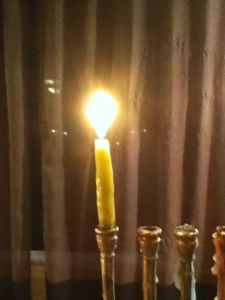

 A few weeks ago I learned that around the country and here in East Brunswick parents are asking for a change in school start time. The request is to delay start time for middle and high schools.
A few weeks ago I learned that around the country and here in East Brunswick parents are asking for a change in school start time. The request is to delay start time for middle and high schools.



